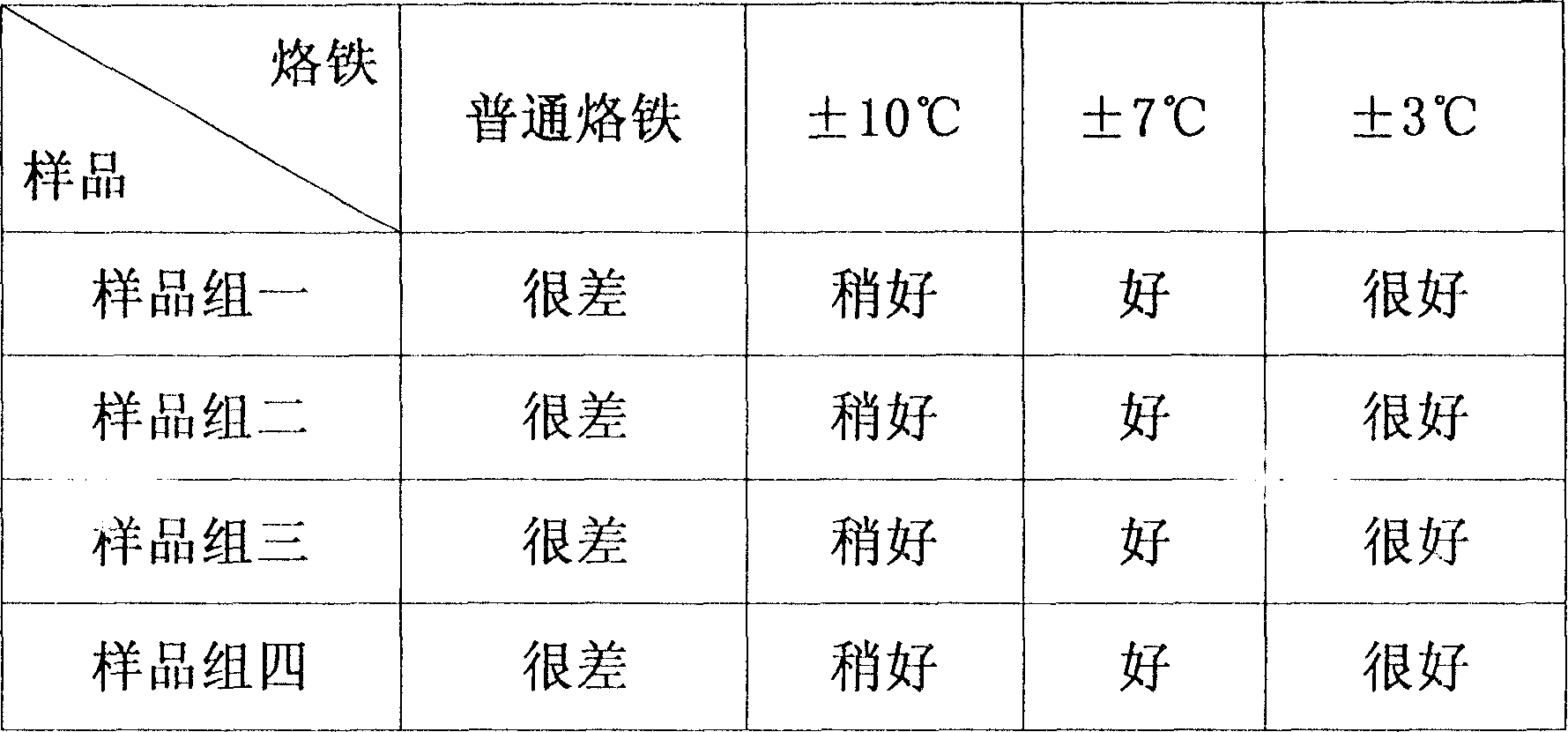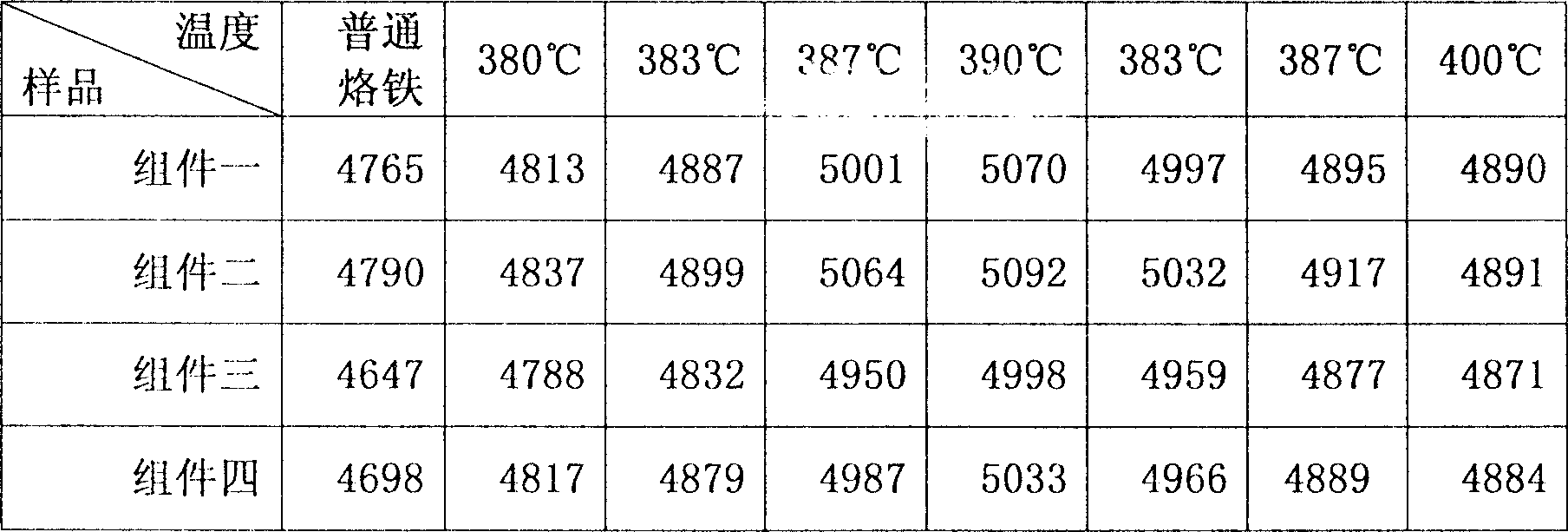Method for producing solar energy battery module
A solar cell and solar cell technology, applied in the field of solar photovoltaic, can solve the problems of high product breakage rate, poor appearance flatness, poor brightness, etc., and achieve the effects of improving welding quality, reducing breakage rate and improving electrical performance
- Summary
- Abstract
- Description
- Claims
- Application Information
AI Technical Summary
Problems solved by technology
Method used
Image
Examples
Embodiment 1
[0058] A method for manufacturing a solar cell module, comprising the steps of:
[0059] 1. Use a constant temperature electric soldering iron with an operating temperature error range of ±10°C to weld several solar cells into one with the prepared interconnection strips.
[0060] 2. Laminate glass, ethylene-vinyl acetate materials, crystalline silicon solar cell arrays formed in series and parallel, ethylene-vinyl acetate materials (EVA), and composite fluoroplastic films (TPT) from bottom to top and place them together. into the vacuum laminator,
[0061] 3. Use the vacuum lamination method to evacuate the lower chamber of the laminator, pressurize and heat, press the glass / EVA / solar cell string / EVA / TPT together, take it out after forming,
[0062] 4. Add a frame to make a solar cell module
Embodiment 2
[0064] A method for manufacturing a solar cell module, comprising the steps of:
[0065] 1. Use a constant temperature electric soldering iron with an operating temperature error range of ±7°C to weld several solar cells into one with the prepared interconnection strips.
[0066]2. Laminate glass, ethylene-vinyl acetate materials, crystalline silicon solar cell arrays formed in series and parallel, ethylene-vinyl acetate materials (EVA), and composite fluoroplastic films (TPT) from bottom to top and place them together. into the vacuum laminator,
[0067] 3. Use the vacuum lamination method to evacuate the lower chamber of the laminator, pressurize and heat, press the glass / EVA / solar cell string / EVA / TPT together, take it out after forming,
[0068] 4. Add a frame to make a solar cell module.
Embodiment 3
[0070] A method for manufacturing a solar cell module, comprising the steps of:
[0071] 1. Use a constant temperature electric soldering iron with a working temperature error range of ±3°C to weld several solar cells into one with the prepared interconnection strips.
[0072] 2. Laminate glass, ethylene-vinyl acetate materials, crystalline silicon solar cell arrays formed in series and parallel, ethylene-vinyl acetate materials (EVA), and composite fluoroplastic films (TPT) from bottom to top and place them together. into the vacuum laminator,
[0073] 3. Use the vacuum lamination method to evacuate the lower chamber of the laminator, pressurize and heat, press the glass / EVA / solar cell string / EVA / TPT together, take it out after forming,
[0074] 4. Add a frame to make a solar cell module
PUM
 Login to View More
Login to View More Abstract
Description
Claims
Application Information
 Login to View More
Login to View More - R&D
- Intellectual Property
- Life Sciences
- Materials
- Tech Scout
- Unparalleled Data Quality
- Higher Quality Content
- 60% Fewer Hallucinations
Browse by: Latest US Patents, China's latest patents, Technical Efficacy Thesaurus, Application Domain, Technology Topic, Popular Technical Reports.
© 2025 PatSnap. All rights reserved.Legal|Privacy policy|Modern Slavery Act Transparency Statement|Sitemap|About US| Contact US: help@patsnap.com



